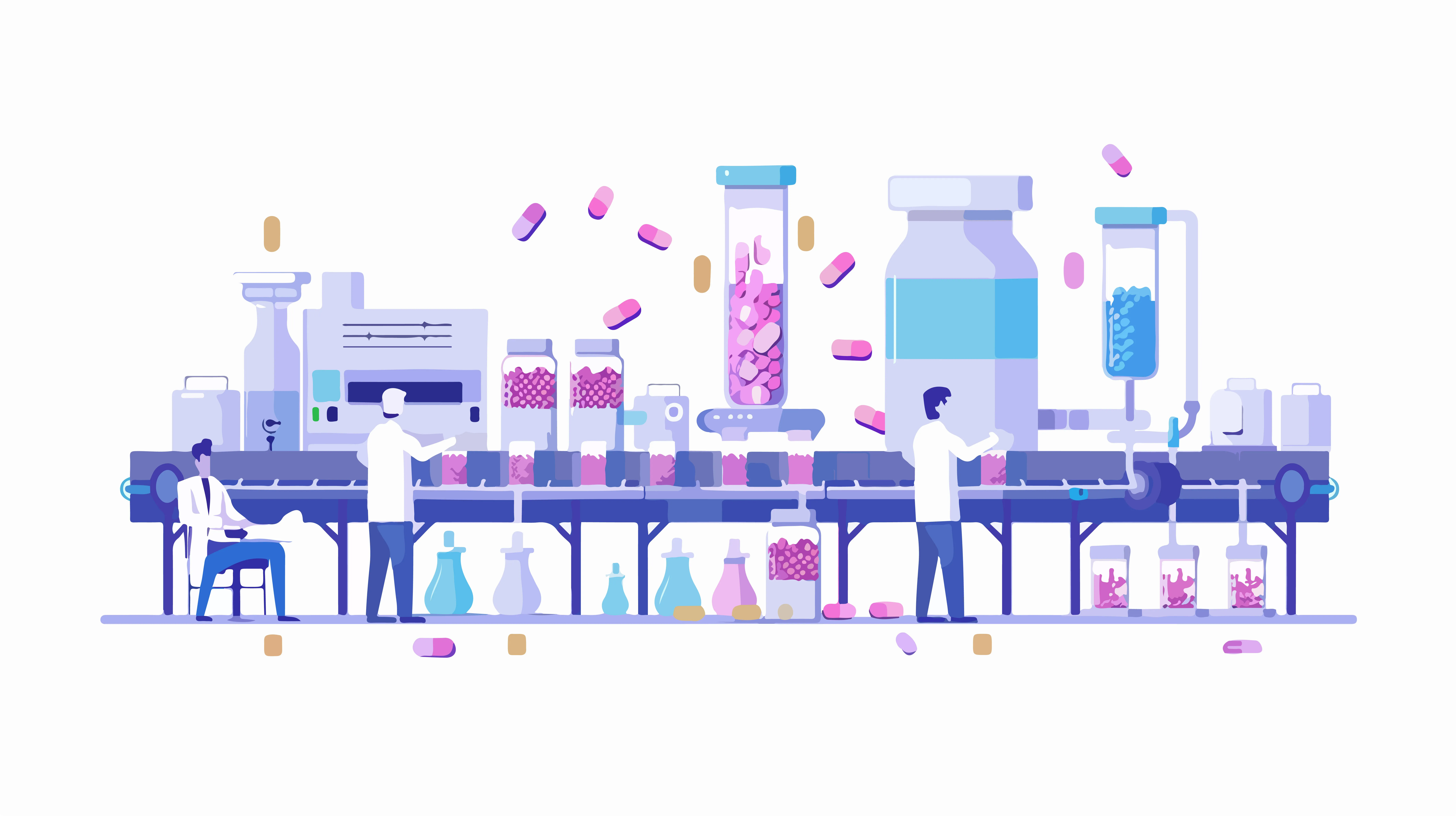The consumer goods, electronics, and pharmaceutical sectors have long relied on blister packaging. One of the most adaptable packaging options, it guarantees dose accuracy, protects items, and provides tamper evidence. The blister packaging sector is going through a significant transition as we enter the digital era, propelled by consumer behavior shifts, sustainability requirements, and technology breakthroughs. To support this, the Pharma Packaging & Labelling Forum organized by World BI brings together suppliers and manufacturers, enabling them to find the ideal partners for their packaging and labelling needs.
Let's examine the developments influencing blister packaging's future and the trends that will reshape this crucial package design.
Sustainability: Innovations Key Driver
Environmentally responsible packaging is more important than ever. Manufacturers are reconsidering their use of resources and production methods as environmental regulations become more stringent and customers choose more environmentally friendly goods.
Important Advancements:
PET, PP, and other recyclable polymers are replacing the conventional PVC (polyvinyl chloride) used in blister packs. Some businesses are even looking at bio-plastics made from plants as a substitute.
Mono - Material Blisters:
Recyclability is significantly increased when blisters are made of a single material rather than multi-layer laminates.

Reduced Plastic Use:
In order to cut down on plastic without sacrificing protection, companies are developing stronger.
Innovative Blister Packaging: The Emergence of Networked Packs
The way that people use their medications is being completely transformed by smart packaging. Electronics, sensors, and connection elements are now being included into blister packs to improve traceability, safety, and adherence.
Key Innovations:
- Electronic Reminders: Certain smart blister packs have sensors and microchips that send out reminders via mobile apps, lights, or noises to remind patients to take their prescription.
- Track & Trace Features: By using RFID and NFC technology, it is possible to monitor the movement of products and verify their validity, which is particularly helpful in the fight against fake medications.
- Adherence Monitoring: Thanks to cloud-connected blister packs, medical professionals can now track when a patient took—or missed—a dosage, providing real-time assistance and feedback.
Automation and Digitalization in Production
Production of blister packaging will be far more intelligent, flexible, and automated in the future. Automation and quality control are being enhanced by Industry 4.0 technologies such as artificial intelligence, the Internet of Things, and sophisticated robots.
- Technological Developments: Digital twin technology: Manufacturers may foresee maintenance requirements, minimize downtime, and improve manufacturing lines by virtually modeling blister packing operations.
- AI-Based Quality Control: By utilizing machine learning algorithms to identify even the smallest flaws on blister packs, quality can be consistently maintained with fewer human mistakes.
- Flexible Packaging Lines: Appropriate for short runs or customized packaging, modular machines are being developed to swiftly adjust to different blister sizes and formats.
Personalized Medicine and on-Demand Packaging
Packaging needs to adapt to the increasingly individualized nature of healthcare. By using 3D printing and on-demand blister packaging, the idea of "medicine tailored to an individual's genetics and lifestyle" is becoming a reality.
Emerging Trends:
- Tailored Dose Packs: At pharmacies or clinics, patients get medication blister packs that are printed and packaged in real time according to their precise dosage and timing.
- Small Batch Production: In order to transition from mass production to patient-specific solutions, blister packaging machines are currently being created for low-volume, high-mix production.
Child-Resistant and Senior-Friendly Designs
It's critical to strike a balance between accessibility and safety, particularly in the pharmaceutical industry. Blister package designs that safeguard kids while facilitating elderly citizens' access to prescription drugs are the way of the future.
- New Developments: Push-Through Resistance: Materials are being designed to demand particular pressure angles, which are challenging for kids but doable for adults.
- Ergonomic Features: To aid people with visual impairment or poor dexterity, packs with bigger tabs, clear labeling, and tactile indications are becoming more and more prevalent.
Aesthetic and Branding Enhancements
Blister packaging is being utilized as a branding strategy as competition on store shelves heats up. Purchase decisions may be greatly influenced by designs that are haptic, informational, and visually appealing.

- Notable Changes: Windows that are transparent: Especially when it comes to cosmetics or nutraceuticals, letting buyers view the product inside increases attractiveness and confidence.
- Superior Printing: Vibrant graphics, QR codes, and augmented reality experiences are made possible by developments in digital printing on foils and lidding materials.
- Minimalist Designs: Many businesses are choosing simple, minimalist designs with environmentally sensitive messages as part of sustainable branding.
Serialization and Regulatory Compliance
Compliance is now crucial to blister pack creation because of strict laws like the US Drug Supply Chain Security Act (DSCSA) and the EU Falsified Medicines Directive (FMD).
Crucial Elements:
- Distinct Serial Numbers: Through serialization, each blister pack is given a distinct, traceable ID that can be used to identify its provenance and stop counterfeiting.
- To guarantee safety, packs today frequently have several tamper-evident elements, such as holograms, void messages, or security seals.
World BI Pharma Packaging & Labelling Conferences
The concept of blister packaging is changing from being only a protective shell to becoming an effective tool for brand storytelling, sustainability, connection, and customization. We can anticipate blister packs to grow more intelligent, secure, and environmentally friendly as long as the industry keeps embracing innovation.
This is a great moment for manufacturers to work with material scientists, digital developers, and medical specialists, as well as to invest in research. The end result will be more intelligent, accessible, and user-friendly packaging that extends beyond the pill for patients and customers. Blister packaging is about changing the whole experience, not just what's inside. Exclusive gatherings are organized by the Pharma Packaging & Labelling Conference, which provides a platform for distinguished leaders, Artwork Professionals, and Industry experts from different companies to come together with the common goal of promoting worldwide knowledge.
For more information, kindly visit World BI.